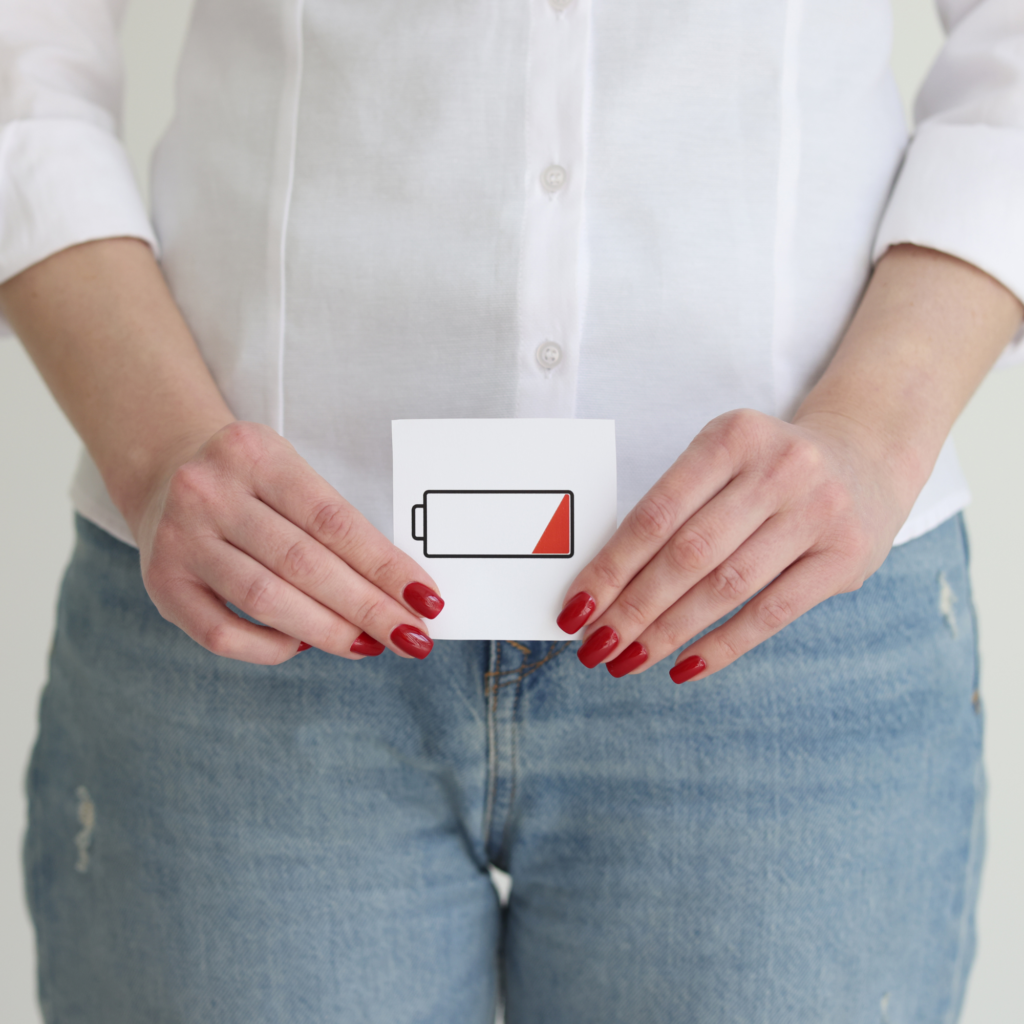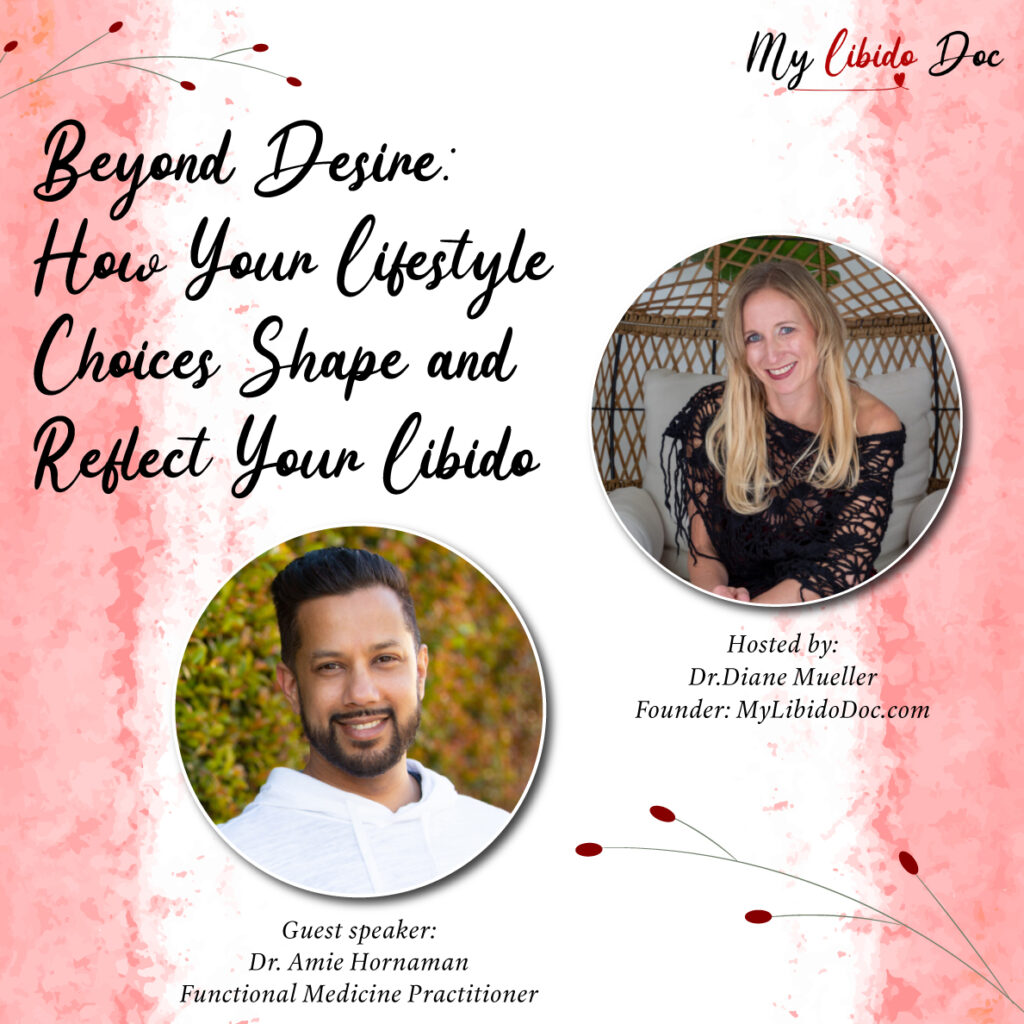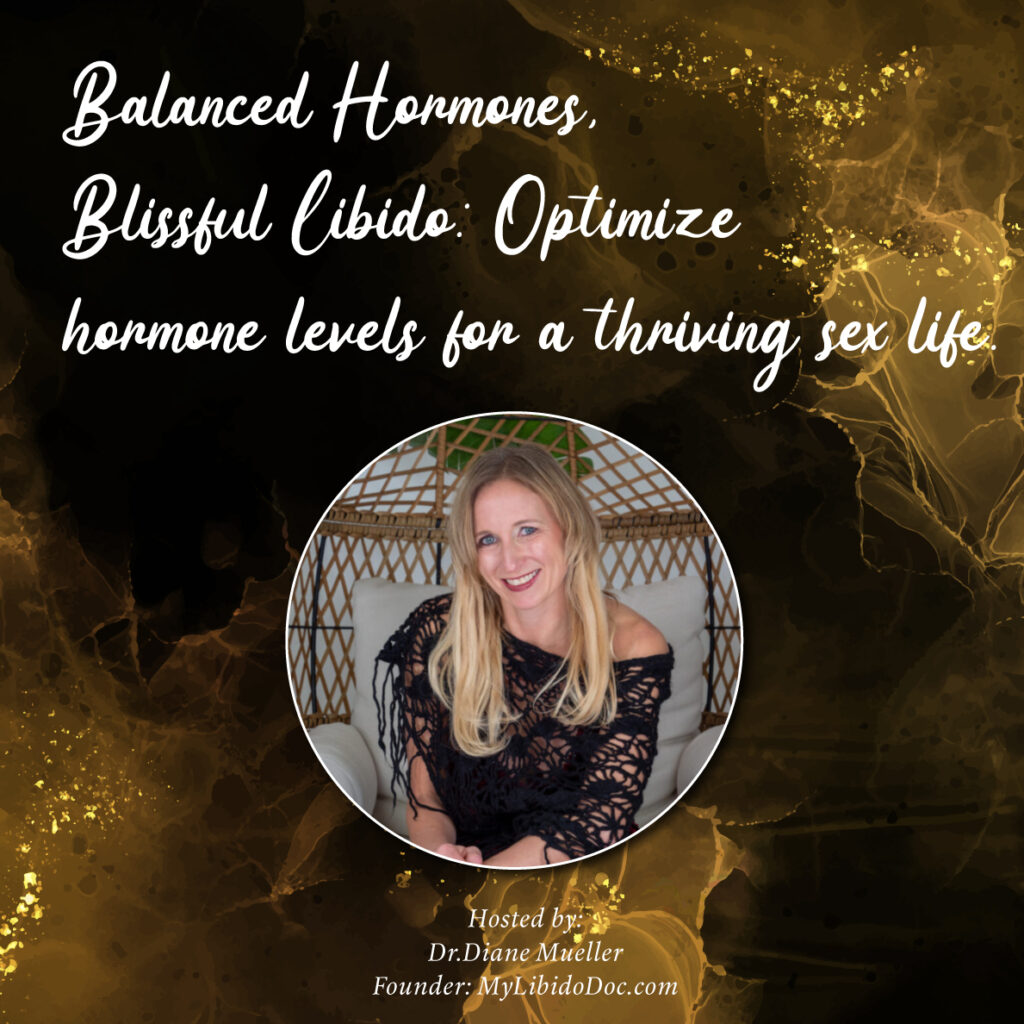Natural Ways to Boost Libido
One of the biggest challenges in the libido space for women is how differently a woman’s libido has been portrayed in culture and society. A man that explores his sexuality freely is often revered amongst peer groups versus a female that explores sexuality freely is often labeled as a slut.
This is seen throughout culture in the masculine and feminine worlds. A man who is single in his 40’s is called a bachelor, a term held with a lot of positive connotations. A woman who is single in her 40’s is labeled a spinster or old made, terms that are derogatory.

Natural Ways to Boost Libido: What Does the Literature Say?
In research and literature there are many more studies that are conducted on low sex drive in men as compared to low sex drive in women. Men and women have not been held to the same standards when it comes to sexuality. It is no wonder why so many women feel alone when trying to reclaim their sexuality and pleasure.
Use of Vibrators to Boost Libido
There are many different natural ways to boost libido. The fact that you are here is already a great start. One simple way of boosting libido is to talk about it. Doing research and reading blogs like this one helps to normalize taboo conversations and make them easier to talk about.
You can explore a wide variety of way to boost libido at our blog: Female Libido Boosters.
For this blog, we are simply going to talk about one natural way to boost libido: self-pleasure.
Now you may be thinking,” if I do not have a libido, how do I even get motivated to self-pleasure?”
Some of the motivation for self-pleasure can come from the awareness of what self-pleasure can do for really stoking the libido.
To normalize this conversation, let’s start with a little history lesson around self-pleasure and vibrators.
In the intricate tapestry of human sexuality, the journey towards acceptance and empowerment for women has been a long and winding one. One aspect that vividly illustrates this journey is the perception and use of vibrators by women over the years. This journey is not just about a device; it’s about the recognition of female sexual needs, the importance of self-love, and the breaking down of societal taboos.
Let’s take a step back in time to 1953. In this era, vibrators were rarely mentioned in literature and were used by a mere 1% of women. They were seen as unappreciable devices, shrouded in mystery and taboo. The silence around vibrators mirrored the silence around female sexual pleasure. Women’s needs and desires were often overlooked, and self-love was a concept that was rarely, if ever, discussed.
Fast forward to 1974, and the narrative hadn’t changed much.
Physicians warned of potential harms of vibrator use on both physical and psychological grounds. The perception was that vibrators were likely used only by a small number of “sexually dysfunctional females.” This perspective reinforced the stigma around female sexual pleasure and self-love.
It suggested that women’s sexual needs were secondary or even problematic, a belief that did a disservice to women everywhere.
By 1992, the landscape began to shift slightly.
While only 2% of women had purchased a vibrator in the past year, a significant 17% found the idea appealing. This indicated a growing curiosity and openness towards sexual self-exploration. However, societal stereotypes persisted. In 1993, the prevailing belief was that women who masturbate or use vibrators are single or lonely, reinforcing the stigma around female sexual pleasure.
The turn of the century brought about a more noticeable shift. In 2003, a clinic-based study found that 16.1% of patients with vulvar dysesthesia (pain) had used a vibrator in the previous month. This suggested that women were beginning to take control of their sexual health and seek ways to alleviate their discomfort. Vibrators began to show up in the literature as medical devices that can help to reduce pelvic pain.
By 2006, over a third of women had used a sexual enrichment aid at least once during a typical 4-week period.
This marked a significant step towards the acceptance of female sexual pleasure and the recognition of the value of self-love.
The most striking change came in 2008 when a study revealed that 52.5% of women had used a vibrator at least once, and the number of “never users” had dropped to 47.5%. This marked a significant milestone in the journey towards female sexual empowerment.
It suggested that women were not only recognizing their sexual needs but were also taking active steps to fulfill them.
This evolution in the perception and use of vibrators mirrors the broader societal shift towards recognizing and respecting female sexuality.
It reflects the growing understanding that women, like men, are sexual beings who have the right to explore and enjoy their sexuality. It also underscores the importance of self-love in maintaining sexual health and wellbeing.
However, the journey is far from over. Even today, many women struggle with low libido and face stigma and misunderstanding.
It’s crucial that we continue to promote open, honest conversations about female sexuality and empower women to seek the pleasure and fulfillment they deserve.
Masturbation, with or without a vibrator, is a healthy and natural way for women to explore their bodies, understand their desires, and satisfy their needs. It can help women build a positive relationship with their bodies, boost their self-esteem, and improve their sexual relationships. It’s a form of self-love that every woman has the right to experience and enjoy.
Research has shown that self-pleasure INCREASES libido.
Therefore, in addition to helping with sexual health, with reducing pain, with empowerment, the act of masturbation is actually a natural way of boosting your libido!
In the end, whether a woman chooses to use a vibrator or not is a deeply personal decision. What matters most is that every woman feels free to make that choice for herself, free from judgment or shame.
The use of a vibrator or the act of masturbation is not a sign of loneliness or dysfunction; it’s a testament to a woman’s autonomy over her body and her sexual pleasure.
The narrative around female sexuality and self-love has come a long way, but there’s still much work to be done.
We need to continue challenging the taboos and stereotypes that limit women’s sexual expression and celebrate the diverse ways in which women can experience sexual pleasure.
The rise in vibrator use over the years is a promising sign of progress. It suggests that more and more women are taking control of their sexual pleasure and recognizing the value of self-love. But it’s not just about the numbers.
It’s about the stories behind them – stories of women discovering their bodies, embracing their desires, and experiencing the joy of sexual fulfillment.
As we look to the future, let’s envision a world where every woman feels empowered to embrace her sexuality in all its beautiful, complex, and unique glory.
A world where self-love is celebrated, not stigmatized. A world where every woman has the knowledge, the tools, and the freedom to experience the sexual pleasure she deserves.
So, here’s to a future of continued growth, acceptance, and empowerment. Here’s to a future where the conversation around female sexuality is dominated by understanding, respect, and positivity. And most importantly, here’s to a future where every woman feels comfortable, confident, and joyful in expressing her sexuality.
And for more natural ways to boost libido, please see our blog: Female Libido Boosters
References
Seehusen DA, Baird DC, Bode DV. Dyspareunia in women. Am Fam Physician. 2014 Oct 1;90(7):465-70. PMID: 25369624.
Kaestle CE, Allen KR. The role of masturbation in healthy sexual development: perceptions of young adults. Arch Sex Behav. 2011 Oct;40(5):983-94. doi: 10.1007/s10508-010-9722-0. Epub 2011 Feb 4. PMID: 21293916.
Fischer N, Træen B. A Seemingly Paradoxical Relationship Between Masturbation Frequency and Sexual Satisfaction. Arch Sex Behav. 2022 Aug;51(6):3151-3167. doi: 10.1007/s10508-022-02305-8. Epub 2022 Jul 5. PMID: 35790612; PMCID: PMC9255456.





